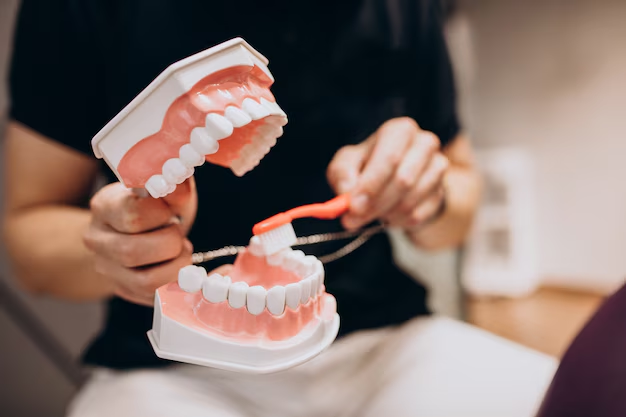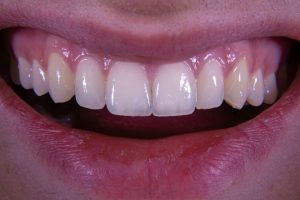
If you have a missing tooth, your dentist may recommend a bridge for teeth or a dental bridge. A dental bridge is an artificial tooth held in place by teeth on either side of the gap. This artificial tooth can be made from a variety of materials; however, a porcelain tooth is used for a natural and aesthetic look.
If you have a missing tooth, your dentist has recommended a tooth bridge, or you simply want to know about a dental bridge, this article is for you.
Table of Contents
What is a Dental Bridge?
In bridge dentistry, a dental bridge replaces either one tooth or a row of missing teeth. Many people are concerned that the bridge may not look like a natural tooth. Dentists, however, also create customized bridges that match the color of your natural tooth for a more refined and aesthetic look.
A bridge for teeth is made of:
- Abutment: These refer to structures that support your dental bridge.
- Pontics: These refer to artificial teeth that fill the gap left by missing teeth.
What are the Types of Dental Bridges?

Depending on your condition, your dentist may use different types of bridges, including:
1. Traditional Dental Bridge
This common dental bridge consists of a dental crown or cap on both sides with pontics in between. The dentist binds these crowns to your natural teeth on either side of the gap with pontics to fill the space between them. This type is usually preferred when healthy natural teeth are on both sides of the gap.
2. Cantilever Dental Bridge
The Cantilever bridge for teeth is like the traditional one, except it only has one crown on one end. Dentists use this type when you have natural teeth only on one side of the gap.
3. Maryland Dental Bridge
This type uses metal wings instead of crowns to keep your bridge in place. Dentists bind the wings to the back of your adjacent teeth to secure the bridge. This type is usually used to replace your front teeth.
4. Implant Supported Bridge
Implant-supported bridge is also similar to the traditional bridge; it, however, is placed on a dental implant instead of natural teeth.
What are the Pros and Cons of a Bridge for Teeth?
Dental bridges are usually safe with fewer cons or complications.

The advantages include:
- A dental bridge provides a more natural look after tooth loss.
- These also restore normal speech and eating function.
- These prevent adjacent teeth from shifting into the gap caused by missing teeth.
The disadvantages include:
- If you experience damage or decay to your abutment, this can also weaken your dental bridge.
- If your abutment is not strong enough to support the bridge, it can also lead to fracture.
- If you do not pay attention to bridge and underlying gums cleaning, plaque and bacteria can cause inflammation or cavities.
How Long Does a Bridge for Teeth Last?
The longevity of a dental bridge typically ranges from 5 to 15 years, influenced by factors such as the type of bridge, materials used, and oral hygiene practices. Traditional bridges can last 10-15 years, while Maryland bridges generally last 5-10 years.
Implant-supported bridges may endure 15 years or more. Maintaining excellent oral hygiene, including regular brushing, flossing, and dental checkups, is crucial to extending the lifespan of your bridge.
How To Take Care of Dental Bridges?
Taking care of your bridge for teeth is similar to caring for your natural teeth. If you want your dental bridge to last more than a decade:
- Make sure to brush twice a day.
- Floss daily once a day.
- Use non abrasive and fluoride-based toothpaste.
- Clean underneath your bridge regularly with the help of a floss.
- Do not eat extremely hard or sticky foods.
- Do not chew fingernails, pens, pencils, etc.
- Visit your dentist frequently for cleanings and checkups.
What is the Dental Bridge Cost?
A lot of factors govern the dental bridge cost, including:
- Number of teeth required to fill the gap.
- Material of your bridge, whether it is resin, zirconia, or metal alloy.
- Difficulty in placing the dental bridge.
- Additional treatments for other dental issues.
- Your geographic location.
The cost will also depend on the type of bridge that you select. For instance, an implant-supported bridge will cost more than any other type.
To Sum It Up
If you have a missing tooth or several teeth, your dentist will guide you in selecting the best option for your teeth. Usually, a bridge for teeth is an affordable option to choose from.
Let Professionals Guide You!
If you wish to get yourself checked and see your dental treatment options, you can consult our dentists at Brooklyn Blvd Dental Now!








